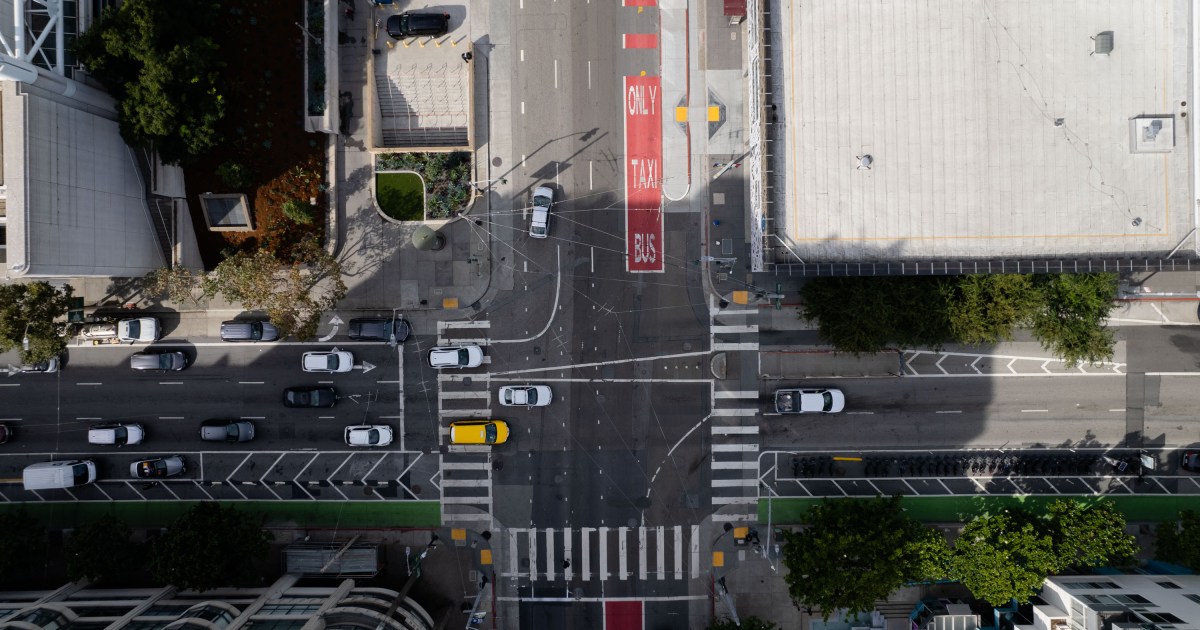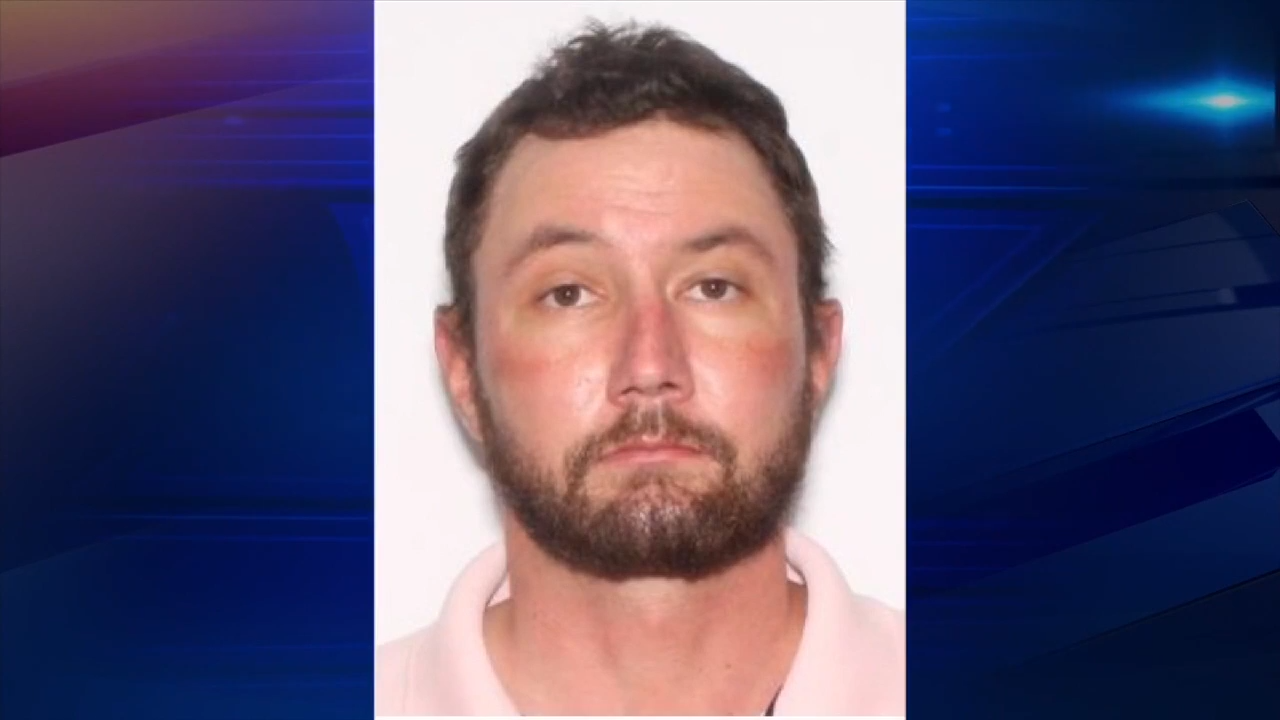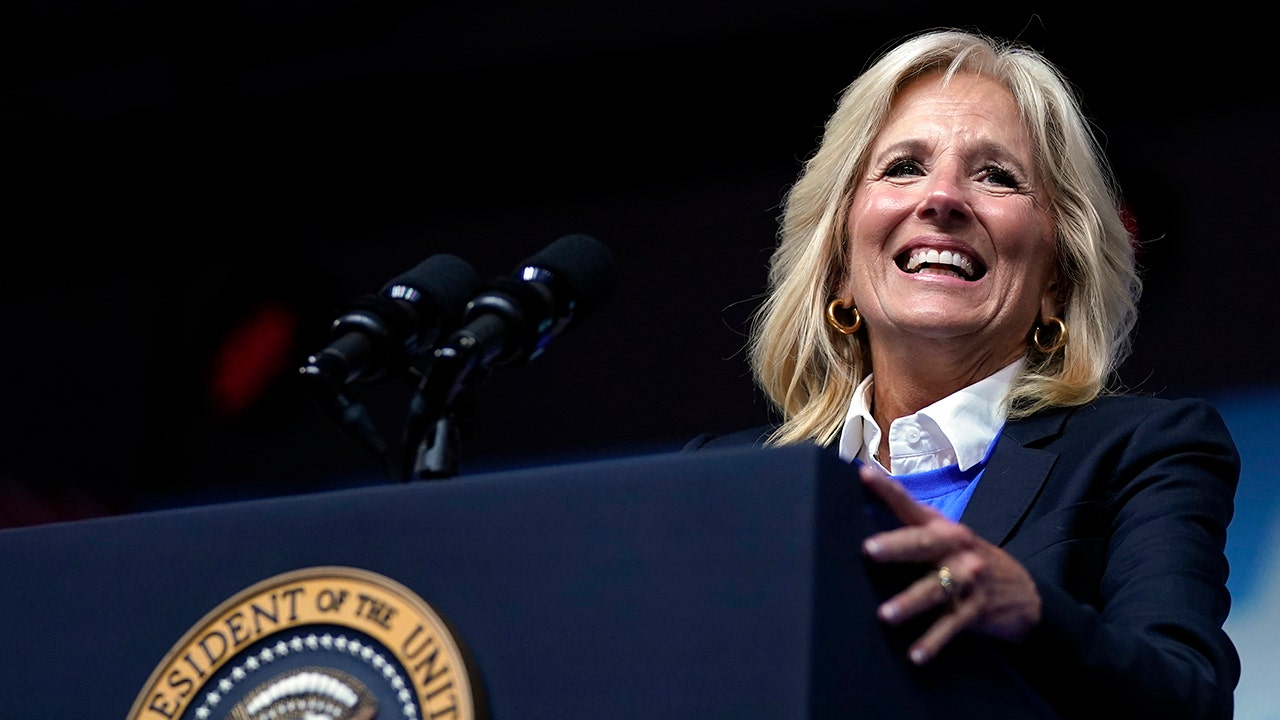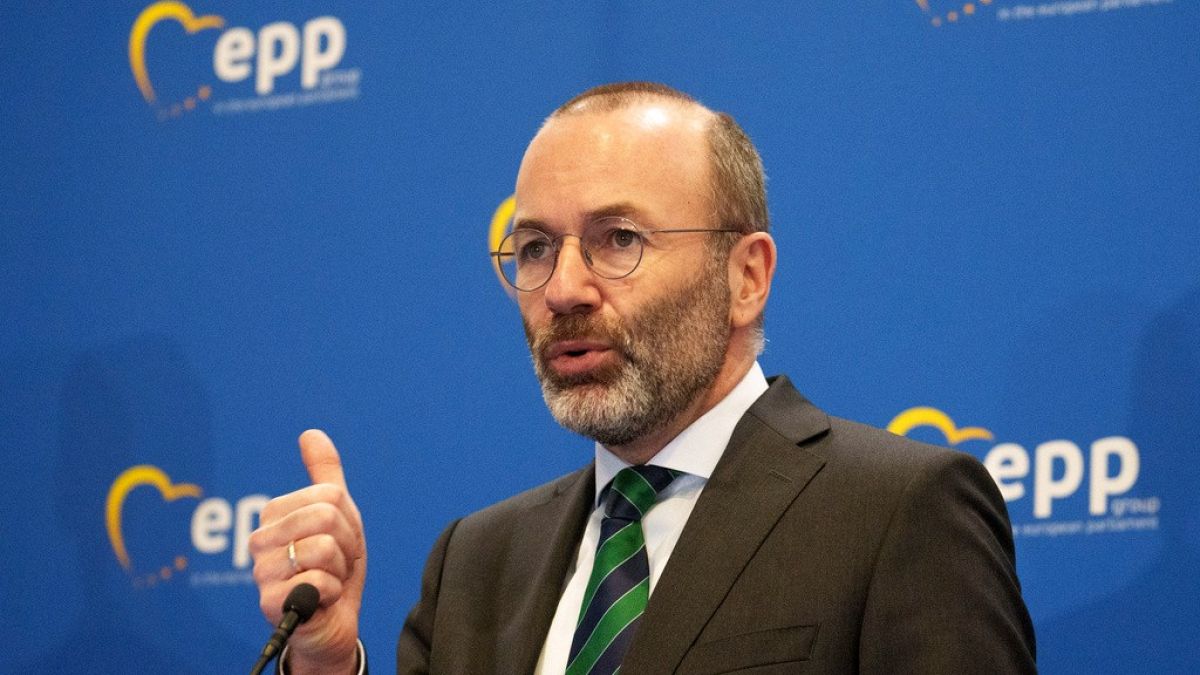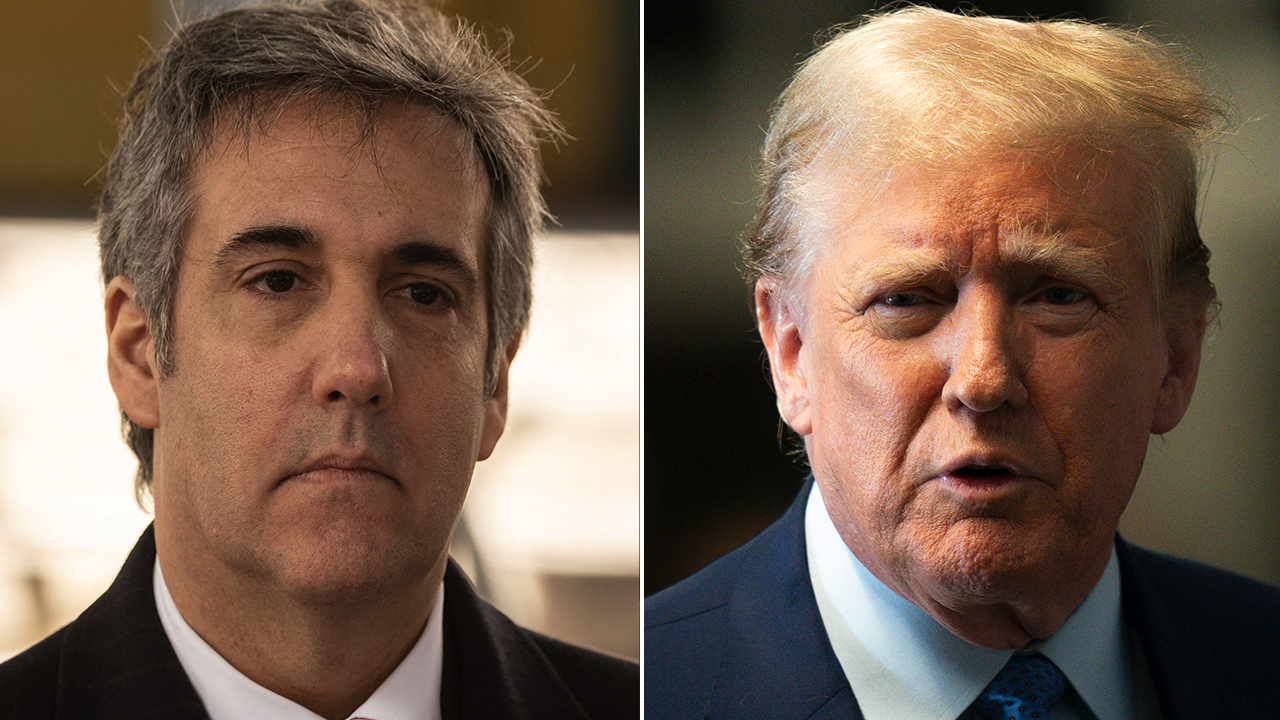Business
Column: 60 years ago in Los Angeles, piano virtuoso Glenn Gould revolutionized the music industry by ending his concert career
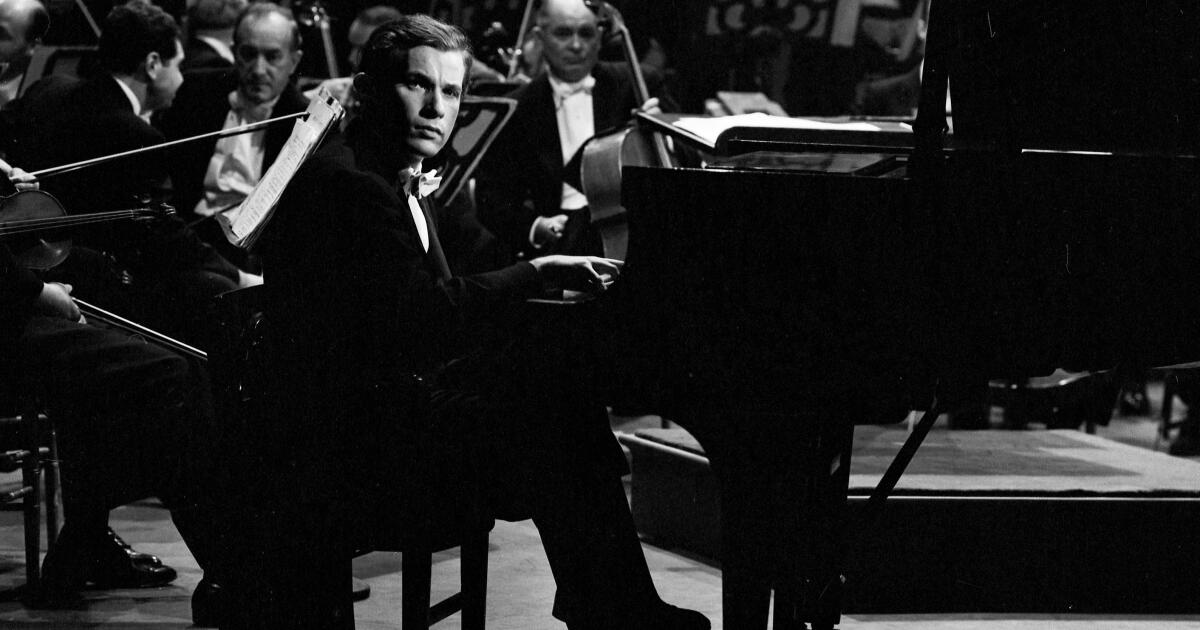
On the evening of April 10, 1964 — that is, 60 years ago Wednesday — the Canadian virtuoso Glenn Gould stepped away from the piano at the end of his concert at the Wilshire Ebell Theatre in Los Angeles and revolutionized the recording industry.
There was no announcement at that landmark moment in L.A.; only the ensuing circumstance would tell the story. For the Wilshire Ebell recital marked the end of the 31-year-old star’s performing career. He would never play another note in public.
He was the first — and possibly the only — classical musician to shun public performances entirely. Henceforth, his entire output would be heard only via records and videos.
Dial twiddling … is an interpretive act.
— Glenn Gould grants listeners the right to manipulate recorded sound
Gould was then a world-famous exponent of the music of J.S. Bach. His debut recording on Columbia, released in 1956, was an electrifying performance of Bach’s Goldberg Variations, which had been consigned to academic obscurity.
The album was a monster hit and established Gould’s worldwide reputation. In a doleful irony, his digital rerecording of the piece, taken at a more stately tempo and with other changes, would be the last Gould album released by Columbia before his untimely death at age 50 in 1982.
At the time Gould shifted to a recording-only career, his fellow artists doubted that he would stand by his decision. As late as 1971, Arthur Rubinstein told him, “You will come back to it, you know.” Gould replied, “If this is a bet, maestro, you will lose it.”
Gould demonstrated that recording technology need not come between artists and their listeners; in fact, it could enhance their relationship. His fans, of which I am one, find themselves in a uniquely intimate connection with the artist, in part because his astonishing technique and superb musical intelligence comes through so vividly in his recordings.
Gould in effect turned the economics of the music industry upside-down. Rather than seeing records as marketing adjuncts to concert tours, he showed that recordings could be the principal point of contact — in his case, the only point — between musicians and their fans.
Gould became the chief herald of the new era of digital recording, and of the power it gave artists — and audiences — to reconfigure even the most familiar classical warhorses to their individual tastes.
He foresaw that new technologies — including those not yet invented — could put creative decisions in listeners’ hands, allowing them to adjust the tempi and mixes of recorded pieces in the home, adjust the sound mix to individual preference and even splice a section from one conductor’s performance of a familiar piece into another’s. “Dial twiddling,” he wrote, “is an interpretive act.”
Recording could rescue whole musical genres from oblivion; Gould pointed out that recordings were a major factor in the postwar restoration of baroque music, especially on original instruments, to the marketplace.
“This repertoire — with its contrapuntal extravaganzas, its antiphonal balances, its espousal of instruments that chuff and wheeze and speak directly to a microphone — was made for stereo,” he wrote. Only after that pre-classical repertoire established its popularity in records did it find its way to the concert stage.
Gould was not exactly a pioneer in what his longtime producer, Andrew Kazdin, termed “creative lying.” The most famous early case involved a 1952 recording of Wagner’s “Tristan und Isolde” in which the aging soprano Kirsten Flagstad was unable to hit a high C.
The producer, Walter Legge, called on his wife, soprano Elisabeth Schwarzkopf, to record the note, which was dubbed in. The subterfuge was made public only years later.
Before Gould, such splices, inserts, dubbings and other tools of the recording engineers were generally seen as remedies for brief mistakes, sometimes of a single note. But he used them to fashion something new.
In 1966 he wrote of overcoming his dissatisfaction with two takes of a fugue from Book 1 of Bach’s Well-Tempered Clavier, one take he considered “rather pompous” and the other overly jubilant — and both “monotonous.”
He solved the problem by using the first for the fugue’s opening and conclusion, and splicing in the second for the midsection, producing a version “far superior to anything we could at the time have done in the studio.”
Gould’s decision to abandon public recitals was brewing for years, possibly since the launch of his international performing career, which began in January 1955 with concerts in Washington and New York and would carry him across the U.S. and to Europe.
He had always detested traveling except by train, but hated even more what he saw as a “blood sport” pitting performer against audience. He saw concerts as “the frantic pursuit of a succession of daily events, momentary, ephemeral,” forcing performers to “calcify” their interpretations so they could be repeated over and over.
The recording studio, he felt, afforded artists the opportunity to perfect their vision of a piece in splendid isolation, and to rectify any flaws — and not only technical mistakes — in post-production.
Even while he was still giving concerts, Gould was known as an unreliable booking, prone to last-minute cancellations — he skipped a 1964 concert in Chicago three times before finally showing up. (It was his final public performance other than the Los Angeles recital.)
Indeed, when Leonard Bernstein came out on stage alone at the start of a performance with the New York Philharmonic on April 8, 1962, he felt constrained to notify the audience, “Don’t be frightened — Mr. Gould is here.”
The event became the most famous of Gould’s performing career. Bernstein’s purpose was to disavow Gould’s “unorthodox” interpretation of their program piece, Brahms’ Piano Concerto No. 1, though he said Gould was so important a musical thinker that he would perform it to Gould’s specified tempi anyway.
(Bernstein later revealed that when Gould visited him at his New York apartment before the performance, his appearance was so slovenly — another personal quirk — that his then-wife, Felicia Montealegre, pulled him into the bathroom to shampoo his matted hair and give it a trim. Moviegoers might recognize Montealegre as the character portrayed by Carey Mulligan in the 2023 Bernstein biopic “Maestro.”)
Gould’s onstage behavior tended to provoke controversy. He slouched at the piano, left leg crossed over the right, seated on an ancient piano chair that his father had built, which placed him so low that he almost had to stretch his hands higher to reach the keyboard.
During a concerto performance, when not actually playing he waved his hands about as though conducting the piece, enraging music critics accustomed to a more solemn bearing from tuxedo-clad soloists. Ever willing in his earlier years to critique himself with a self-effacing grin, he referred in a 1959 documentary by the Canadian Broadcasting Corp. to “the justifiable complaints that I sometimes hear about my platform manner.”
As it happens, some of those tics transferred themselves to his recordings. On many albums one can hear the creaking of his chair, or a “hiccup” in some notes produced by the tight keyboard action he demanded from his pianos to produce the percussive, almost harpsichord-like sound that was his hallmark. Above all, there is his humming and singing audible in the background.
Columbia technicians spent years trying to suppress these artifacts in post-production, without notable success. In another 1959 CBC documentary, Columbia recording director Howard Scott is seen pleading with Gould before a take of Bach’s Italian Concerto for “a straight piano solo, without vocal obbligato.” A hearing of the recording proves that he didn’t get it.
But those were all part of the Gould mystique, accepted and appreciated by his listeners as though they brought them face-to-face with the artist himself. When they were heard on a Gould take, Kazdin reported, “Glenn always greeted them as one would long-lost friends.”
The influence Gould exerted on his fellow artists and the recording industry generally is incalculable. Columbia and its successors have never let the Gould library go out of print; with every advance in technology, the company remasters the recordings (most recently in 2015) and they always sell.
It’s as if by forswearing the evanescent experience of real-life performing, Glenn Gould gave himself eternal fame. And it happened in Los Angeles, where he ended one chapter of his career so he could embark on the next.
shared

Business
The Battle for The Streets of New York

On a recent morning, the intersection of East 77th Street and Lexington Avenue presented a vivid illustration of the tumult.
A taxi trying to make a left turn had to maneuver around a Verizon crew digging up the asphalt. A box truck was parked in the bus lane, and the M102 bus, with its accordionlike belly, was forced to change lanes and snake around it.
Dozens of people streamed out of the subway and into the crosswalk. A man pushing a double stroller navigated between the subway entrance and a sidewalk compost box. A woman’s shopping cart wheels got stuck in a crack in the sidewalk. CitiBikes and delivery bikes whizzed by. A cargo bike stopped in front of a FedEx truck that was unloading packages next to a bike lane.
Lively, energetic streets make city living attractive — people to watch, windows to browse, benches to sit on, trees for shade.
But lately, New York City streets are teetering between lively and unlivable. Residents clash over traffic, noise, parking, 5G towers and heaps of trash. Most years, far fewer pedestrians get killed by motorists than in generations past, but last year was the deadliest year for cyclists since 1999.
Still, people who have thought deeply about the state of the city’s streets believe dramatic improvement may be on the way — if New York is willing to seize the moment.
That’s because the city is about to embark on the nation’s first congestion pricing plan, charging most drivers $15 to enter much of Manhattan below 60th Street — and forcing many commuters to find a different way into the city.
The aim is to reduce car traffic in one of the world’s busiest commercial districts and raise money for public transportation.
People, bikes and vehicles compete for space on New York City’s streets.
Karsten Moran for The New York Times
“I think this could be the catalyst for a streets renaissance in New York,” Janette Sadik-Khan, New York City’s former transportation commissioner, said in a recent interview.
“We have to talk about how we’re going to reclaim that space and make it work for people.”
Of course, congestion pricing, too, comes with a fight. The plan is supposed to start in June, but it faces several lawsuits brought by elected officials and residents from across the region, who describe it as ill-conceived and unfair to commuters who drive because public transit isn’t robust enough to serve their needs.
“They don’t drive because they want to,” said Susan Lee, a member of a coalition called New Yorkers Against Congestion Pricing. “They don’t want to sit in traffic.”
Could congestion pricing actually reduce the number of cars in the city to a dramatic extent? If so, what would take their place?
There are other ideas and experiments in the works for taming New York’s streets, and they raise questions of their own. Could a proposal to ban parking close to intersections improve public safety? Will the Sanitation Department’s garbage containerization plan make sidewalks cleaner? Is there a way to keep package delivery trucks from blocking the streets? Must 5G technology create public eyesores in residential neighborhoods?
In the months ahead, The New York Times will examine the debates raging in neighborhoods all over the city about who and what gets to take up space on New York’s streets and sidewalks.
How did we get here?
Orchestrating the flow of traffic and pedestrians has been a complicated and emotional project for centuries.
New York City’s streets were laid out before anyone knew how they would ultimately be used — long before cars were even invented. The first city planners could not have anticipated Uber vehicles, let alone Amazon deliveries or commuters on electric scooters.
In New York’s earliest days, the streets were a free-for-all. People walked or rode horses. There were no crosswalks or stoplights; if you had to cross the street, you simply walked across the street.
Traffic on Broadway in 1859 consisted of pedestrians, horse-drawn carts and streetcars.
William Notman, via Getty Images
Soon, horse-drawn vehicles used the streets alongside pedestrians, and people dashed between them. (Later, New Yorkers dodged streetcars in much the same way, giving the Brooklyn baseball team its name.)
The arrival of bicycles neatly encapsulated the city’s ever-shifting debate over how the streets should be used — and by whom.
By the 1890s, the streets were full of bikes. Men and women took to cycling through the city so quickly — and dangerously — that it was called “scorching.”
About 100 years later, in 1987, speeding bike messengers were deemed so dangerous that bicycles were banned from Midtown — temporarily.
Today, the city encourages residents and visitors to ride bikes. New York has bike lanes and a flourishing bike share program, plus an explosion of food delivery powered by e-bikes. The renewed popularity has also come at a grave cost: Last year 30 cyclists were killed on city streets, and 395 were severely injured.
“It’s hard to say whether it’s the best of times or the worst of times for bicycling,” said Jon Orcutt, the director of advocacy at Bike New York and the former policy director at the city’s Department of Transportation. “More people are doing it than ever.”
“If you’re not killed — squished like a bug — you can bike across town in 10 minutes,” he added. “It’s easy. It’s really efficient.”
Enter the car — and the car crash
On the evening of Sept. 13, 1899, Henry Hale Bliss, a 69-year-old real estate broker, was riding a Manhattan streetcar on his commute home.
At 74th Street and Central Park West, Mr. Bliss stepped from the streetcar and into the street, where he was immediately hit by a taxi. He died on the scene and is recognized as the first person in the United States to be killed by a car. There is a plaque at the intersection commemorating his death.
“At the end of the Gilded Age, right before World War I, suddenly, there were motor vehicles everywhere,” said James Nevius, an author and New York historian.
The development meant people could move around faster — but it also put more people in danger.
In 1920, there were about 200,000 registered vehicles in New York City; by 1925 that number had more than doubled. A century later, that figure is two million.
This scene of Park Avenue near 57th Street was typical of 1930s traffic. Over 10 million cars went through the Holland tunnel in 1930.
George Rinhart/Corbis, via Getty Images
And yet New Yorkers are still using the same streets that were laid out generations ago. In Manhattan, the rigid street grid was designed in 1811. Avenues are 100 feet across. Cross streets are 60 feet wide, including the space for sidewalks on both sides.
That’s 720 inches in which to fit not just cars but also pedestrians, baby strollers, trash, compost, scaffolding, bicycles, e-bikes, scooters, skateboards, package delivery trolleys, garbage trucks, delivery trucks, food carts, 5G towers, dining sheds, trees, CitiBike docks, buses, taxis, ambulances and on-street parking.
It’s like a giant game of Tetris — except all the pieces just won’t fit.
In fact, some of the pieces are growing larger: In the past decade, the average vehicle got 12 percent longer and 17 percent wider. (Cars’ blind spots have also gotten larger.)
And the number of pieces just keeps expanding. New York City’s population reached 8.8 million in 2020, and the New York region is now home to nearly 19 million people. The city’s population has dropped some in the past few years, but city officials believe that recent population estimates have significantly underestimated the number of newly arrived migrants, which, by some counts, is over 180,000.
Taming the streets
Even as New York’s streets and sidewalks have become more chaotic, there are also plenty of examples of the opposite: moments when the city has tamed the traffic and found new uses for its old spaces.
Over the past 10 to 15 years, sweeping pedestrian plaza initiatives — detouring cars and encouraging space for sitting and strolling — have gradually changed the landscape, from the Jackson Heights neighborhood in Queens to Times Square.
Times Square was once full of traffic. In May 2009, the city closed Broadway to cars and set out lawn chairs, the start of the area’s transformation to pedestrian plaza.
Damon Winter/The New York Times
The Open Streets program restored pedestrian-first streets, free of cars and safe enough for strolling, chatting and letting kids ride bikes.
The coronavirus pandemic ushered in a chance to rethink public spaces, and the absolute quiet on the streets during lockdown was a reminder that the city isn’t inherently noisy, but traffic is.
And there are plenty of other places to look for inspiration: In Bogotá, Stockholm, London and Paris, certain streets are being closed to cars. There is an effort in Europe to avoid the oversize pickup trucks and SUVs that make American roads so deadly. Paris has designated “school streets” where cars have been removed to make way for children. Cycling is flourishing in Europe; emissions are down.
In New York, Ms. Sadik-Khan, the former transportation commissioner, is among the people thinking deeply about the future of streets — and she is optimistic.
“There’s a new generation of New Yorkers who’ve never known a city without protected bike lanes and bike share,” Ms. Sadik-Khan said. “More people than ever are working from home. Commuting patterns are in flux. There’s the opportunity to make a new deal for people getting around.”
What will a “new deal” look like? And will New Yorkers be on board?
No matter what happens, change doesn’t come without a fight — and many of the battles will be fought street by street and block by block.
Over the next few months, we will take a close look at some of these street fights — and we’re eager to hear about yours, too.
Use this form to tell us what you think about the state of New York City’s streets.
Business
L.A. influencers, businesses live or die on TikTok's algorithm. Now they fear for the future

Brandon Hurst has built a loyal social media following and a growing business selling plants on TikTok, where a mysterious algorithm combined with the right content can let users amass thousands of followers.
Hurst, who’s based in the San Fernando Valley, sold 20,000 plants in three years while running his business on Instagram. After expanding the business he launched in 2020 to TikTok Shop, an e-commerce platform integrated into the popular social media app, he sold 57,000 plants in 2023.
He now conducts business entirely on TikTok and relies on its sales as his sole source of income. Hurst, 30, declined to say how much he makes.
Hurst also posts content about plant care for a 186,000-person following on TikTok. He’s one of thousands of content creators who engage with an audience on the app and make money doing it — whether by selling products or partnering with brands.
But Hurst, along with many other creators and influencers, is now wondering whether Washington could threaten the progress he’s made with his business.
After President Biden signed a bill into law that would ban the Chinese-owned app in the U.S. unless it is sold to an American company, social media experts said the economic effects would extend beyond individual creators such as Hurst.
TikTok has advantages that set it apart from other platforms such as Instagram and Snapchat, Hurst and other creators said.
“What makes TikTok special is the algorithm,” Hurst said, noting that if TikTok’s owners sell the app, the algorithm could change.
As with other social networks, TikTok uses a secret algorithm to determine which videos to show to each user, based on what they’ve seen before and with whom they have interacted. What sets it apart is the videos are usually short, informal and designed to entertain, and many spark conversations among creators.
Many small businesses prefer TikTok because of its informality — they don’t need a big production budget to showcase their products or services. They just need a good hook to grab viewers, and once they’ve gone viral a time or two and established their niche, TikTok will bring the viewers to them.
A ban on TikTok would have cascading effects — especially in Los Angeles, where so many influencers live and work. The Hollywood apartment complex 1600 Vine, for example, is considered by many to be a headquarters for content creators.
That address isn’t the only hub for TikTok stars. Another group lives in a Beverly Hills home dubbed the Clubhouse. If TikTok is banned in the U.S., many creators would lose large portions of their business, they said.
But a sale doesn’t solve every problem either. Some players are already lining up to buy the app even though it’s not yet for sale. And creators such as the Clubhouse residents, who make content as their full-time job, fear a new TikTok ownership could make it harder to attract an audience.
Any ban is expected to face legal challenges and delays, and TikTok executives have said there will be no immediate effect on the app.
Roughly 7 million small-business owners and 1 million influencers rely on TikTok for their livelihoods, according to Rory Cutaia, chief executive of Verb Technology, which owns a livestream social media shopping platform that has partnered with TikTok Shop.
The platform Market.Live helps small-business owners launch on TikTok, where they also often post videos about their products. TikTok Shop receives around 6,000 applications from small businesses each day, Cutaia said.
Banning TikTok would send ripple effects through the economy because it’s become a primary platform for emerging companies, he said.
“You’re probably talking about billions of dollars that would be removed from the economy,” Cutaia said. “The entire world of retail has changed completely. Today, you need to be distributing your products through social media.”
People calling for the banning of TikTok attend a news conference at the Capitol in Washington, D.C., on March 23, 2023.
(J. Scott Applewhite / Associated Press)
Adam Sommers, who owns Willow Boutique in Cincinnati, Ohio, with Chelsea Sommers, said TikTok leveled the playing field for small businesses. His was one of the first to sell merchandise on TikTok Shop.
“Everybody had an opportunity to become the next giant in their industry,” Sommers said. “A lot of people have scaled probably beyond their wildest dreams.”
Influencers don’t need to own a business to make money on TikTok, one creator said. They also don’t need to have huge followings to make significant profits, according to Denise Butler, chief operating officer at Verb Technology.
“TikTok very uniquely sets up a content creator to build community and provides amazing exposure,” said Payton Reed, a lifestyle blogger based in Memphis, Tenn., with around 16,000 followers. “When I first started blogging and creating content, I didn’t realize that it could eventually turn into a career.”
Reed makes money sharing links to other products. She was able to help support her husband financially through medical school with her content creator income, she said.
For small-business owners, TikTok Shop makes it “frictionless” to sell and buy products on the app, Butler said. Users can shop while watching a relevant video, interact with others who have purchased the product and complete the purchase without leaving the app.
Although some say TikTok is superior to other platforms for its e-commerce functionality, not everyone relies solely on the app.
Adam Waheed, a sketch-comedy content creator based in Los Angeles, said it’s important to have income from more than one platform. He made around $11 million last year across his social media platforms, including Instagram, YouTube, Snapchat and Facebook.
“We’ve worked so hard to build these platforms,” Waheed said. “I think for certain creators who rely more on TikTok, it’s going to be much more of an issue,” he said of the potential ban.
TikTok users in L.A. include small-business owners, content creators and everyday users who can engage with millions of personalities and products. The app is its own local economy, and a ban would leave a gaping hole, creators said.
According to a study from TikTok and Oxford Economics, 890,000 businesses and 16 million people actively use TikTok in California. Forty percent of small to midsize businesses in the state said TikTok was crucial to their business.
TikTok also released national economic data showing the app drove $15 billion in revenue for small businesses.
“More than half of small-business owners say TikTok allows them to connect with customers they can’t reach anywhere else,” the report said.
Content creators and the companies that work with them aren’t the only ones concerned about a potential TikTok ban. Sen. Laphonza Butler (D-Calif.) recently wrote a letter to Biden urging him to consider how a ban would affect laborers.
“Approximately 8,000 people work for TikTok in the United States, concentrated in California and New York,” the letter said. “Their employment and the livelihoods of their families hang in the balance.”
The senator said a ban would harm small-business owners, contractors and other workers, including janitors and servers who help businesses run.
“We need to be taking the time to consider the broader economic impacts,” she said in an interview with The Times. “There are thousands of workers who I think are not being considered.”
Business
Arizona's economy is booming. But Biden struggles to reap benefits from voters
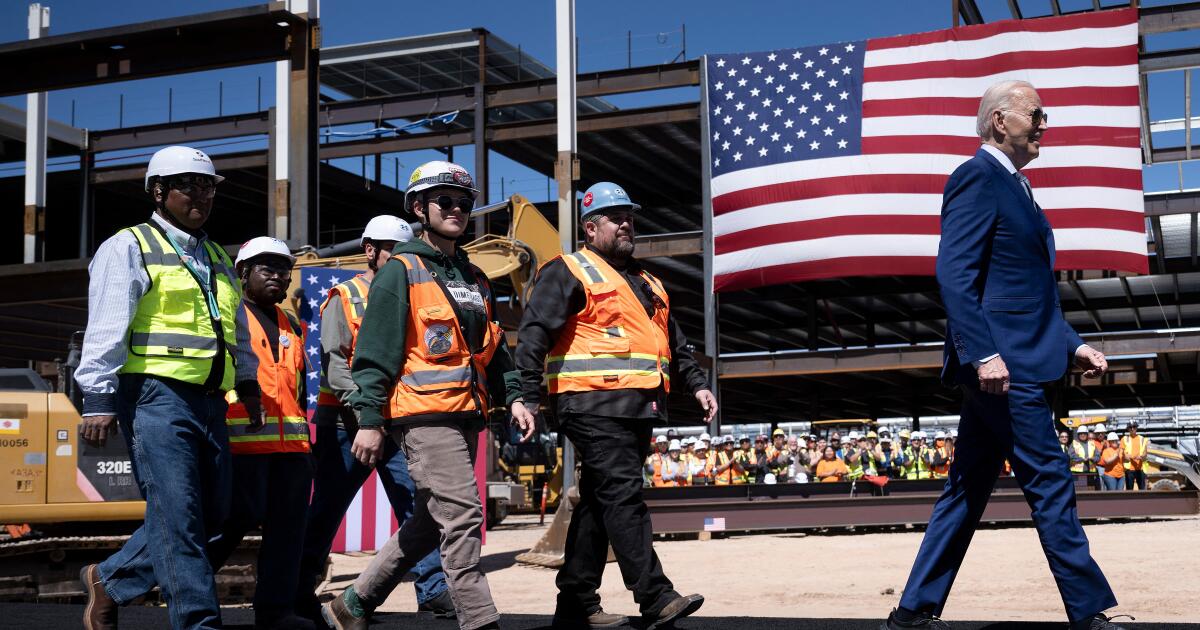
Aaron McDonald thinks back to when he came to Maricopa County nearly 20 years ago as a young ironworker hoping to get work building a new football stadium.
Driving in from Wyoming for the first time, he was struck by the overwhelming desert expanse that surrounded Phoenix.
Today, those sweeping vistas are dotted with industrial development that is transforming Arizona’s economy. A region that was devastated by the 2008 financial crisis is teeming with massive projects under construction, fueled in part by President Biden’s signature legislative accomplishments aimed at rebooting American semiconductor production.
“There was a shooting range there. It was the Wild West and now there’s a giant chip factory out there,” said McDonald, who now trains union ironworkers, referring to an enormous complex of plants being built in northern Phoenix by TSMC, the Taiwan Semiconductor Manufacturing Co. “The growth, to me, just really doesn’t seem like it’s gonna slow down at anytime. We know we have Biden to thank for this work.”
The question for Biden’s reelection team is whether enough voters in this battleground state will feel the same way in November.
His administration has awarded billions of dollars to companies such as Intel and TSMC and hopes that the enormous investments in green technology and semiconductors can make a difference in a state where Biden bested President Trump by a mere 10,000 votes in 2020.
But recent polling points to the challenges in winning over those voters.
The Inflation Reduction Act, the Bipartisan Infrastructure Law, and the CHIPS and Science Act will ultimately send about $24 billion to Arizona, according to data compiled by the White House.
But a majority of Americans recently surveyed nationally said they didn’t know enough to say whether the Inflation Reduction Act helped or hurt them in the two years since its passage, according to recent polling from the Associated Press-NORC Center for Public Affairs Research. And a majority of registered voters in Arizona thought Trump was “more trusted” than Biden to address the economy and immigration, a recent Bloomberg/Morning Consult poll found.
Intel has greatly expanded its operations at plants across the country including the Ocotillo campus, in part because of the CHIPS and Science Act.
(Ash Ponders / For The Times)
TSMC has committed to spending $65 billion in the state building facilities in the next decade, on top of the roughly $11 billion in loans and grants it recently received from the U.S. Department of Commerce. The company has said its new facilities, when completed, will create 6,000 permanent and roughly 20,000 temporary jobs.
“When you drive to the north, or you drive to the south, you see what my wife calls the cranes of prosperity. And they are very prominent,” said Zachary Holman, an engineering professor at Arizona State University.
Intel is similarly expanding its footprint in Arizona, where it had been pulling back its presence as recently as a decade ago. It received about $10 billion from the Commerce Department, adding to the nearly $20 billion it plans to spend to expand its presence.
But with many of the new jobs arriving years in the future, more immediate concerns such as soaring rents, rising consumer prices and the crisis at the Arizona-Mexico border are capturing most of the attention.
Trump and his allies hope things stay that way, even as they wrestle with voter anger over the state Supreme Court decision banning virtually all abortions. The Legislature voted to undo the law with some Republican support.
“Arizona voters are ready to turn out for President Donald J. Trump this November,” said Rachel Lee, a spokesperson for the Republican National Committee. “Joe Biden is losing in the state, and he knows it. Despite Biden’s best attempts to gaslight voters, they know exactly who is to blame for soaring costs, a spiraling border crisis, and staggering crime rates across the country.”
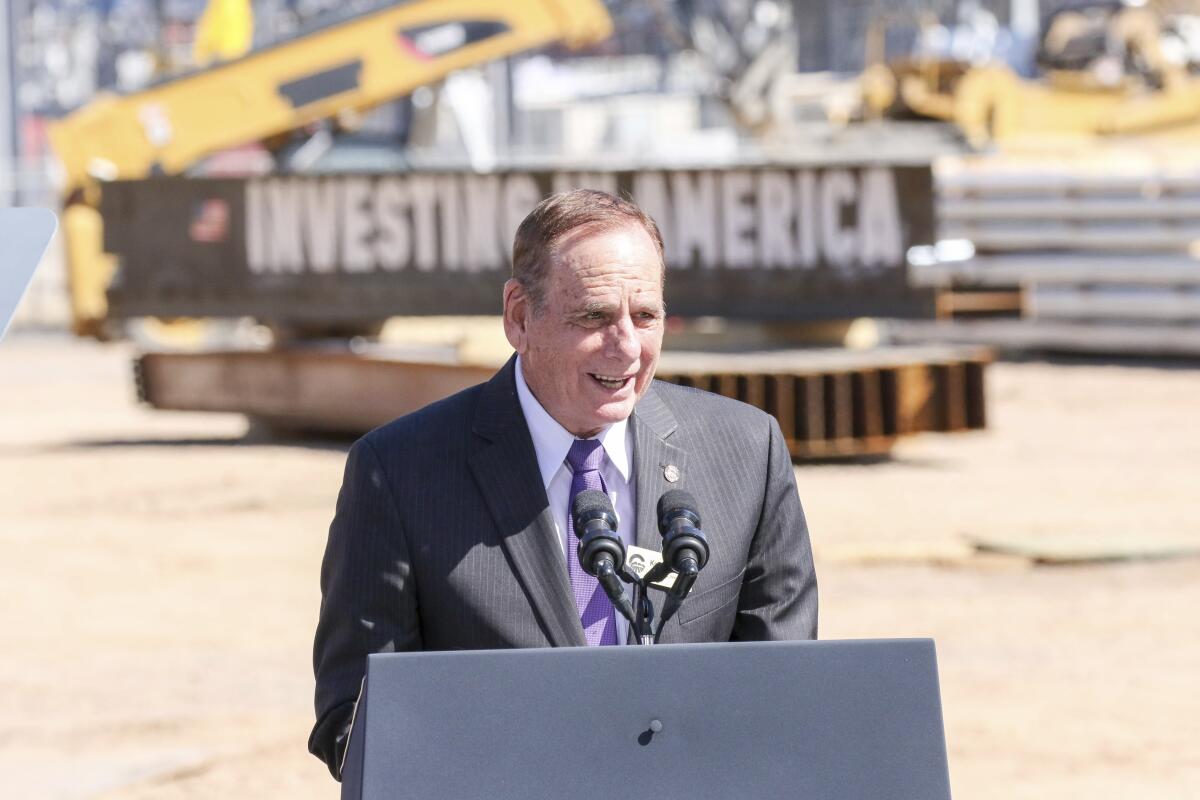
Chandler Mayor Kevin Hartke makes remarks before President Biden takes the stage during his campaign stop in the city.
(Alexandra Buxbaum / Associated Press)
Kevin Hartke, the Republican mayor of nearby Chandler, said the investment in his city has been a godsend, while noting that it has been a bipartisan boost across multiple administrations — making it hard for Biden to own this growth exclusively.
“Your common person here is going to complain more about the cost of gasoline, the effect of inflation and certainly the housing crisis,” Hartke said. “I think those areas where there is more of ‘this hits me’ concerns as people struggle to keep up with those kind of growing prices.”
In addition to expanding semiconductor production, the money has gone toward renovating Phoenix’s airport, expanding the 10 Freeway through the region and planting more trees in the city.
“The last four years have been transformational for Phoenix,” said Mayor Kate Gallego, a Democrat. “We are going to have a more diverse high-wage economy for a generation because of Biden. My job is to help people appreciate the change we’re going through and how it means that they will have more opportunities to stay here.”
This showering of money didn’t seem to register for Gabi Zander, 34, who was at a recent farmers market with her mother in Phoenix’s Uptown neighborhood. Zander, who has lived in the area for more than a decade and works in marketing, said she is focused on the rising cost of living and the war in Gaza.
The recent ruling banning virtually all abortions in the state, since overturned, angered her. But the larger state of politics has her down and she’s unsure she’ll even vote.
“I just wish politicians would spend more time thinking about how to make the city more livable and get more funding for teachers,” Zander said. “I wish they would leave us alone.”
An Emerson College poll showed Biden trailing Trump in Arizona 44% to 40%, with Robert F. Kennedy Jr. at 9%. A more recent poll from Data Orbital, a Phoenix analytics and survey firm, found Biden and Trump at 38% with Kennedy at 14%.
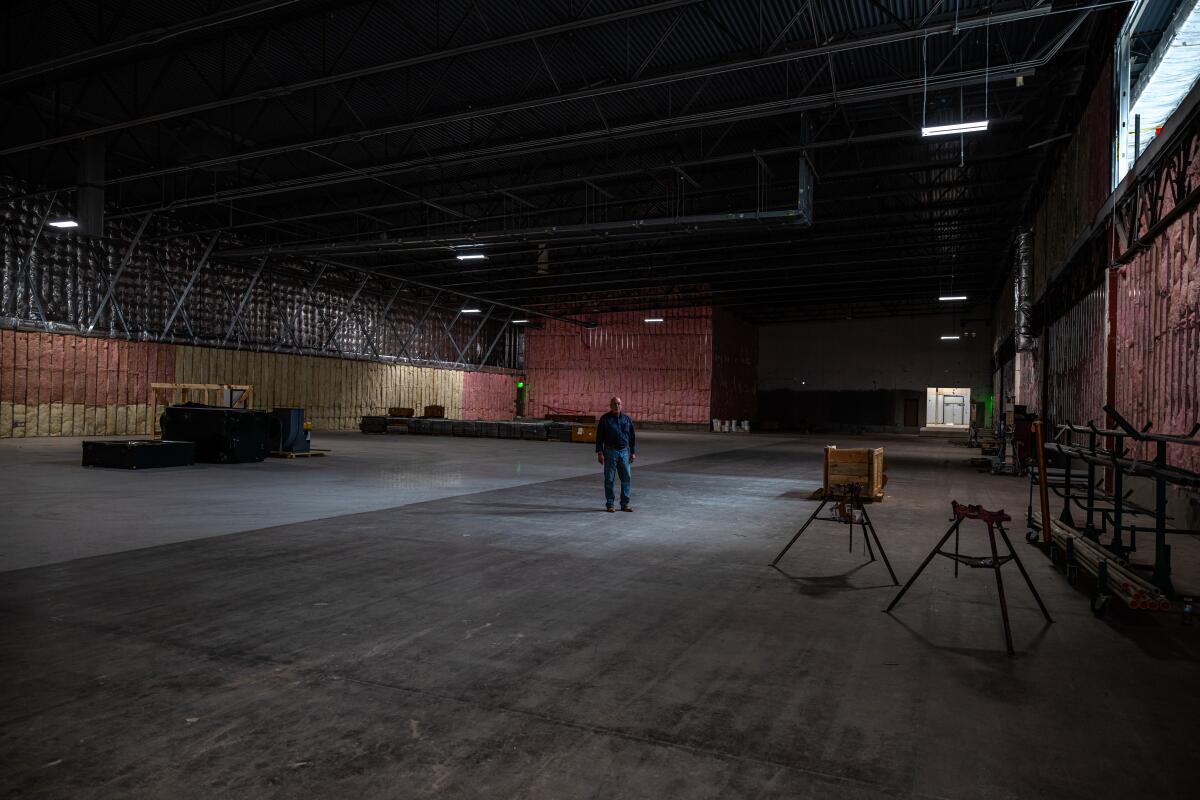
Steve Sherman, production engineering manager for Saras Micro Devices, it its new headquarters and production facility in Chandler.
(Ash Ponders / For The Times)
The Biden campaign has identified some combination of Arizona, Pennsylvania, Nevada, Michigan, Wisconsin and Georgia as essential to the president’s reelection.
In 2020, Biden became the first Democrat to win in Arizona since President Clinton in 1996. The last Democrat to prevail here before that was President Truman in 1948.
The state has been a player in semiconductors for decades, with Intel’s presence dating back nearly 40 years.
Companies say they are able to produce these chips far more cheaply in places like Taiwan, South Korea and Japan, but the COVID-19 pandemic and emerging tensions with China have led government and private-sector officials to revive domestic production. This was the impetus for the $52-billion CHIPS and Science Act, which Biden signed in the summer of 2022. (CHIPS stands for Creating Helpful Incentives to Produce Semiconductors.)
Much of the money — $39 billion — will come in the form of grants and tax breaks to Intel and other companies. The other $13 billion will go to research and training.
Arizona was a natural destination thanks to its open spaces and affordable land, favorable business climate and the fact that many of these companies already had a presence in the region. Intel and TSMC had already committed billions to construct new manufacturing facilities before they received government grants and tax breaks in the last year.
“Some of these companies were starting to move” to the region, said Eelco Bergman, the chief business officer of Saras Micro Devices. “I think where things like the CHIPS Act helped is they took that spark and threw some kindling on the flame.”
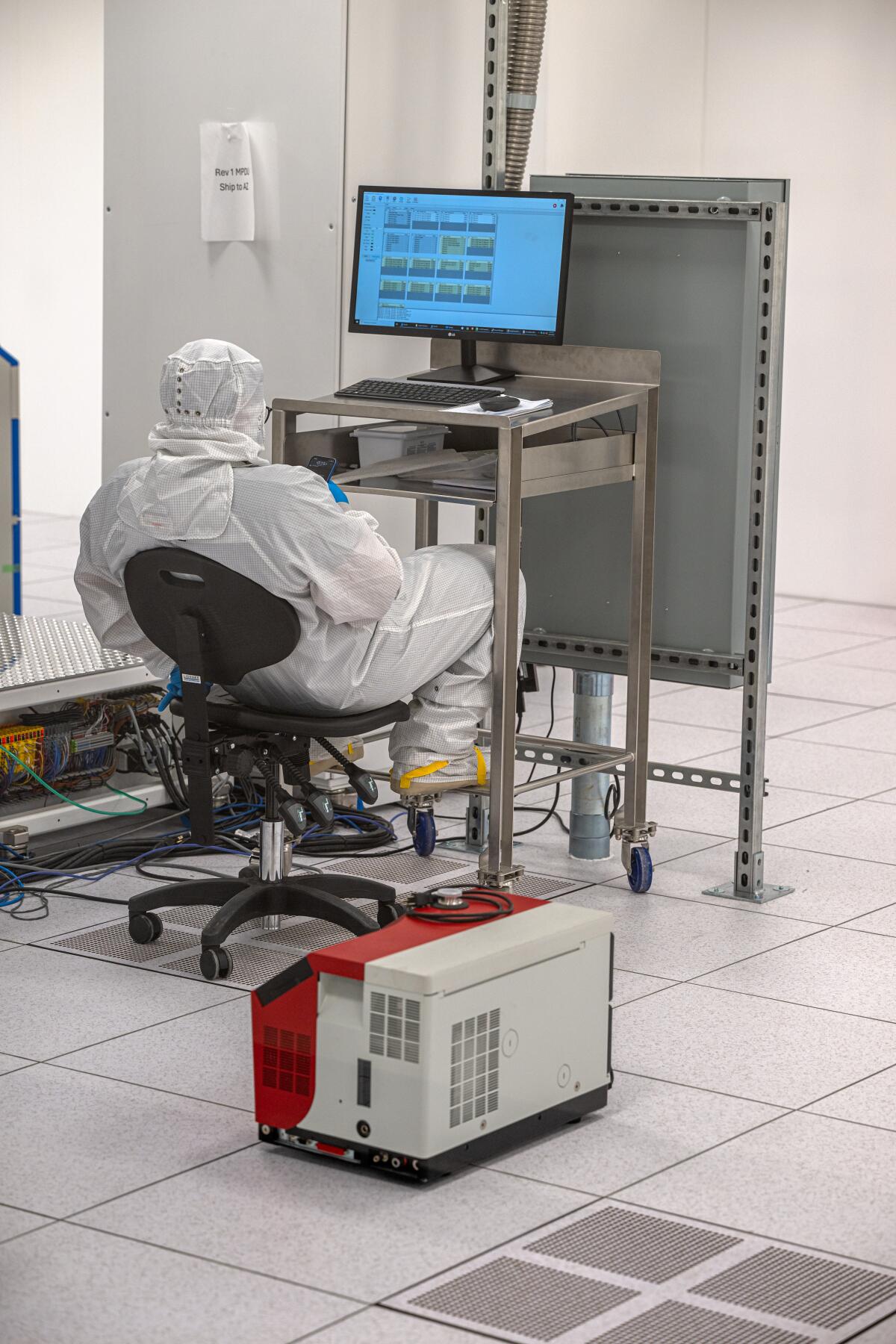
This Saras Micro Devices space in Georgia is moving to Arizona because of benfits from the CHIPS and Science Act.
(Ash Ponders / For The Times)
Bergman and his partners have relocated their manufacturing facility to be close to Intel’s facility in Chandler. Saras is spending close to $200 million on upgrading a building and purchasing the equipment to produce components that can be sold to semiconductor manufacturers, Bergman said.
The business ecosystem is thriving, he added, because of heavy investment and being in close proximity to schools like Arizona State University, which graduates 7,000 engineering students a year. Intel hires more people from ASU than any other school in the country, and there’s a shortage of people skilled in the disciplines necessary to work in these industries, according to the company.
However the politics ultimately play out, the region has seen a monumental shift from an economy based in real estate and tourism into one heavily layered with future-facing manufacturing. Some of the investment predated Biden, but it was supercharged during his term.
“No one is getting total credit for the big picture of the success story … because it’s happened over such a long period of time,” said Rep. Greg Stanton, a Democrat and former Phoenix mayor. “The more interesting political question is, in the short run who gets credit for the United States finally having an industrial policy that’s been missing for such a long period of time where we finally respond to the challenge that is China?
“I think President Biden is going to get appropriate credit for that. Arizona has and will better benefit from the CHIPS and Science Act than any other state,” Stanton said.
Ironworkers like those McDonald is training are bouncing from job site to job site, watching outsize warehouses and manufacturing sites rise from the desert. The work is dangerous and can be chaotic, but it’s creating a future for people like Shawna Irwin, 25, who is originally from the Navajo reservation in northeastern Arizona.
Her late uncle — an ironworker — inspired her to enter the field. She later enrolled in a training program sponsored by the Ironworkers Local 75 and run by McDonald. The roughly four-year program — sometimes called the University of Iron — has ballooned to nearly 250 ironworkers who get supplemental training as they continue to work on job sites. McDonald would like to be training 500 ironworkers at the facility he manages by 2026.
“It opened a lot of doors for the unions,” Irwin said, “and for us there was a lot more work because of [Biden] funding the chip plants.”
-

 Education1 week ago
Education1 week agoHow Counterprotesters at U.C.L.A. Provoked Violence, Unchecked for Hours
-
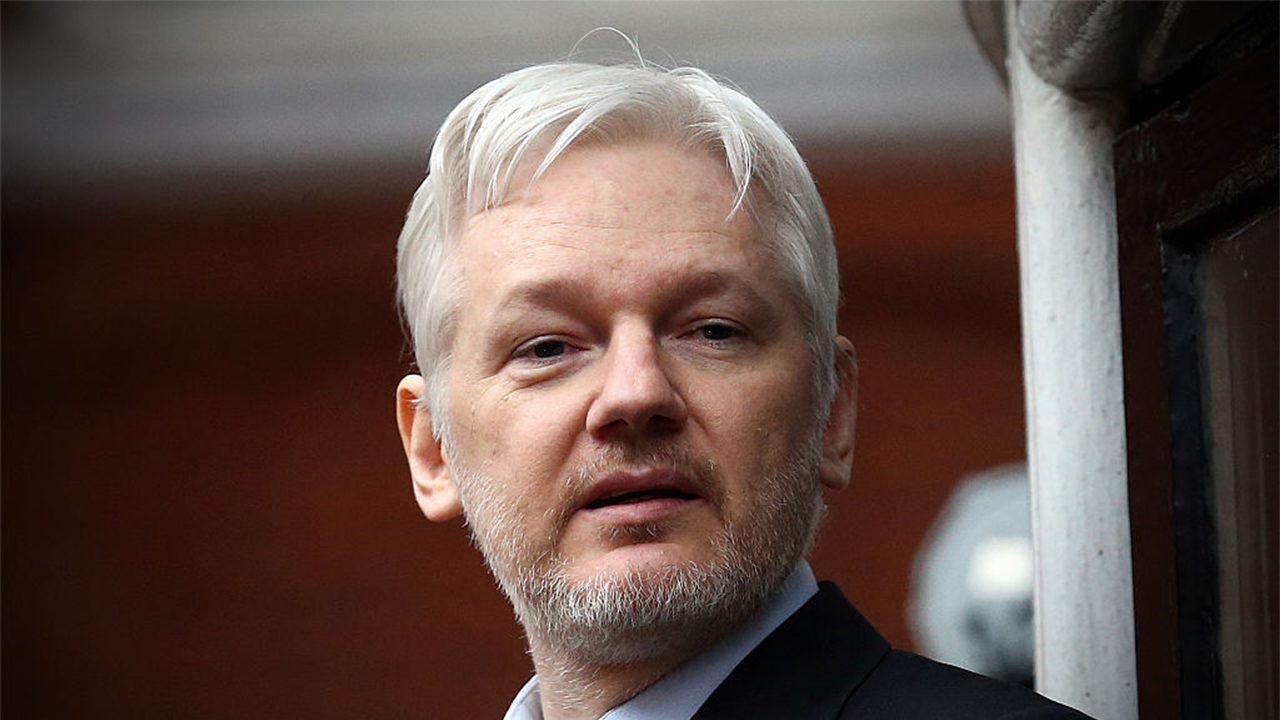
 Politics1 week ago
Politics1 week agoAustralian lawmakers send letter urging Biden to drop case against Julian Assange on World Press Freedom Day
-
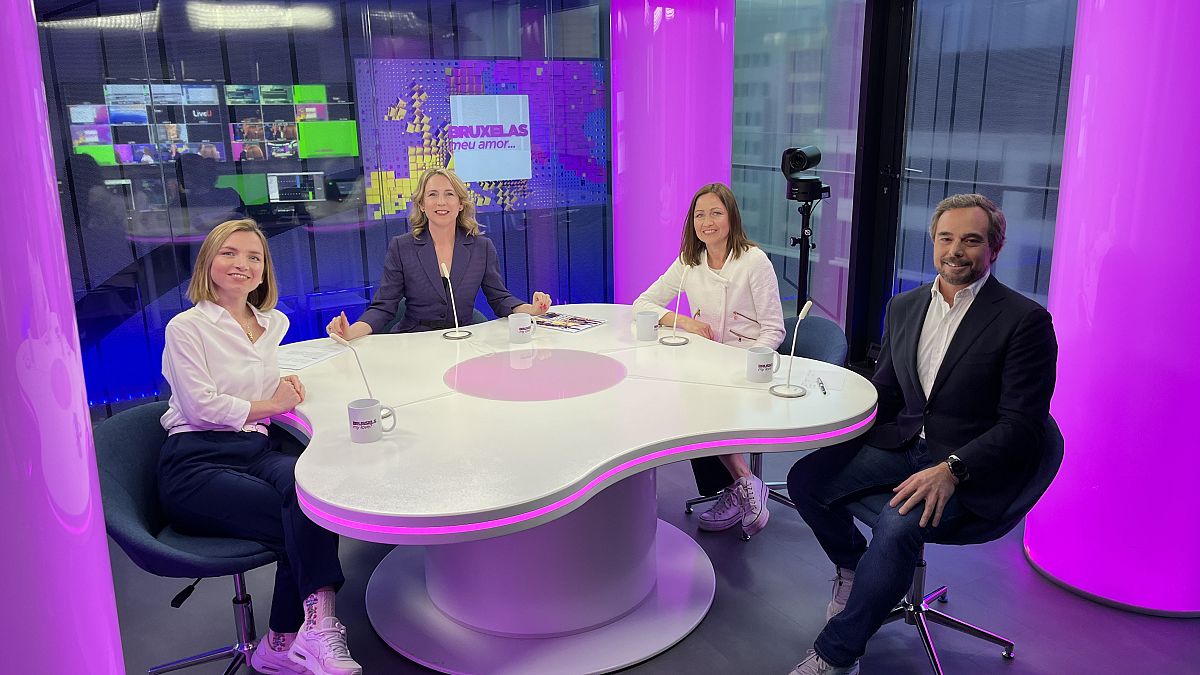
 World1 week ago
World1 week agoBrussels, my love? Champage cracked open to celebrate the Big Bang
-
News1 week ago
A group of Republicans has united to defend the legitimacy of US elections and those who run them
-
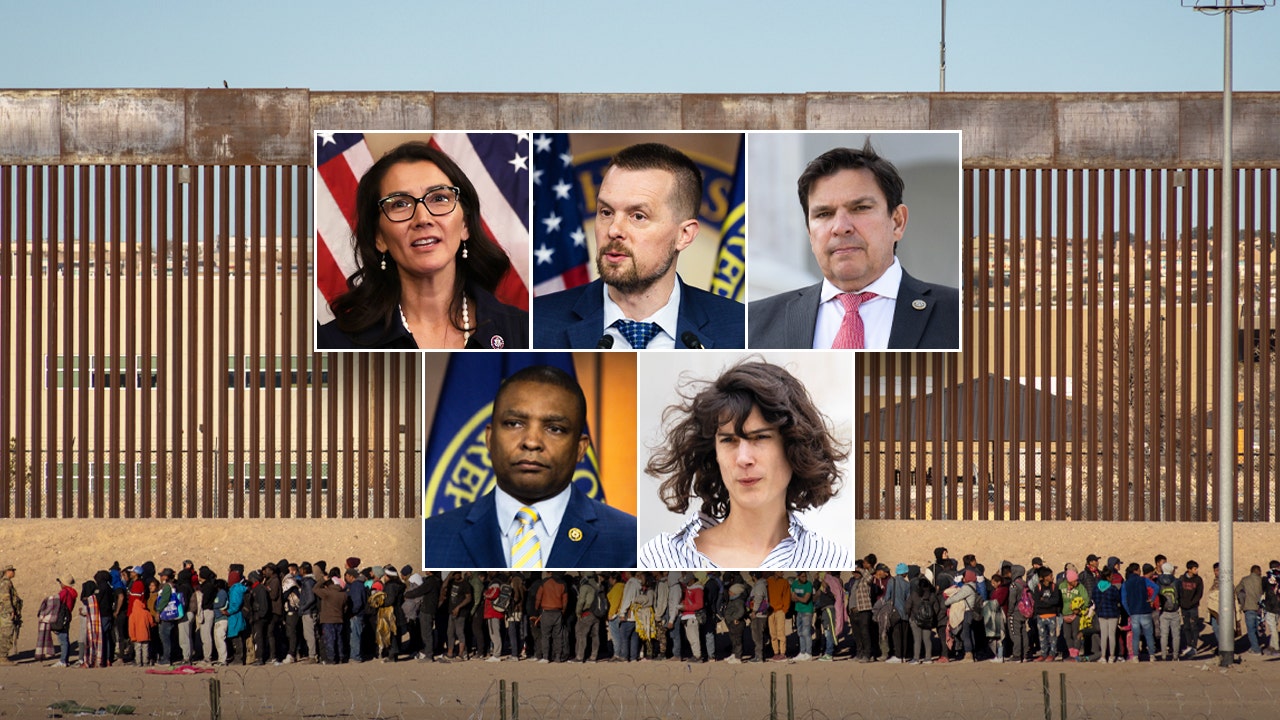
 Politics1 week ago
Politics1 week agoHouse Dems seeking re-election seemingly reverse course, call on Biden to 'bring order to the southern border'
-

 World1 week ago
World1 week ago‘It’s going to be worse’: Brazil braces for more pain amid record flooding
-
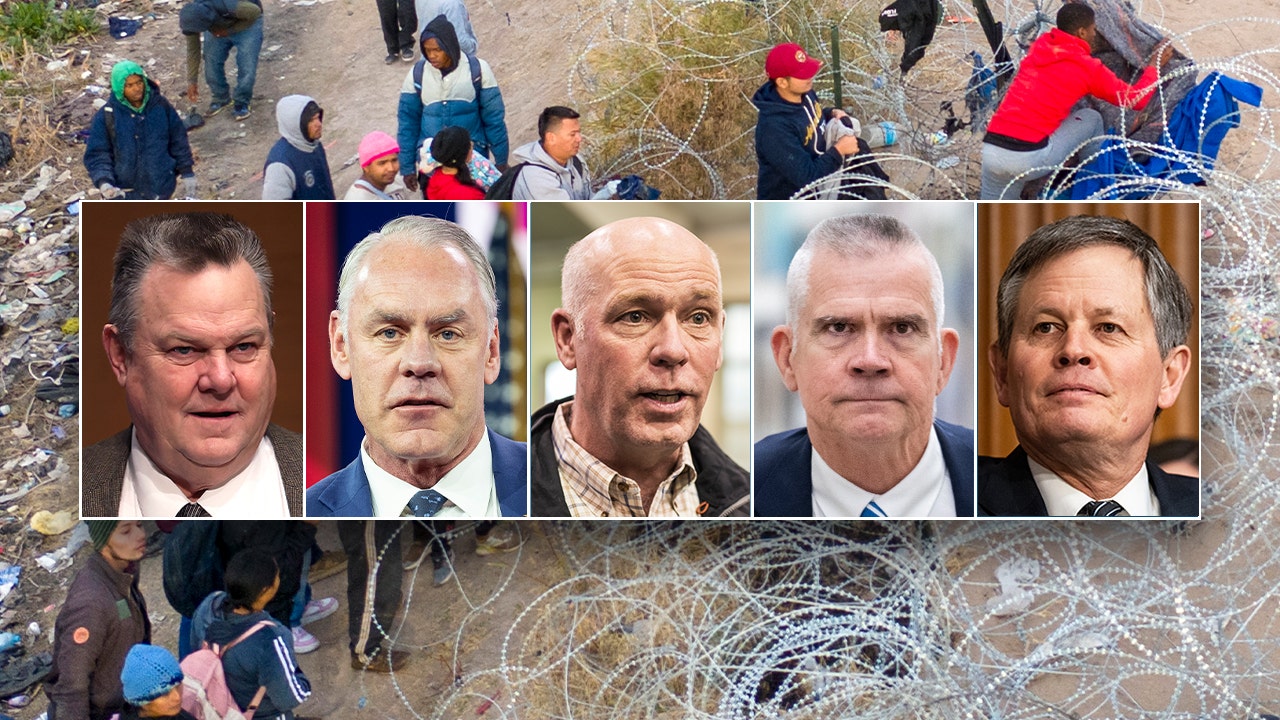
 Politics1 week ago
Politics1 week ago'Stop the invasion': Migrant flights in battleground state ignite bipartisan backlash from lawmakers
-
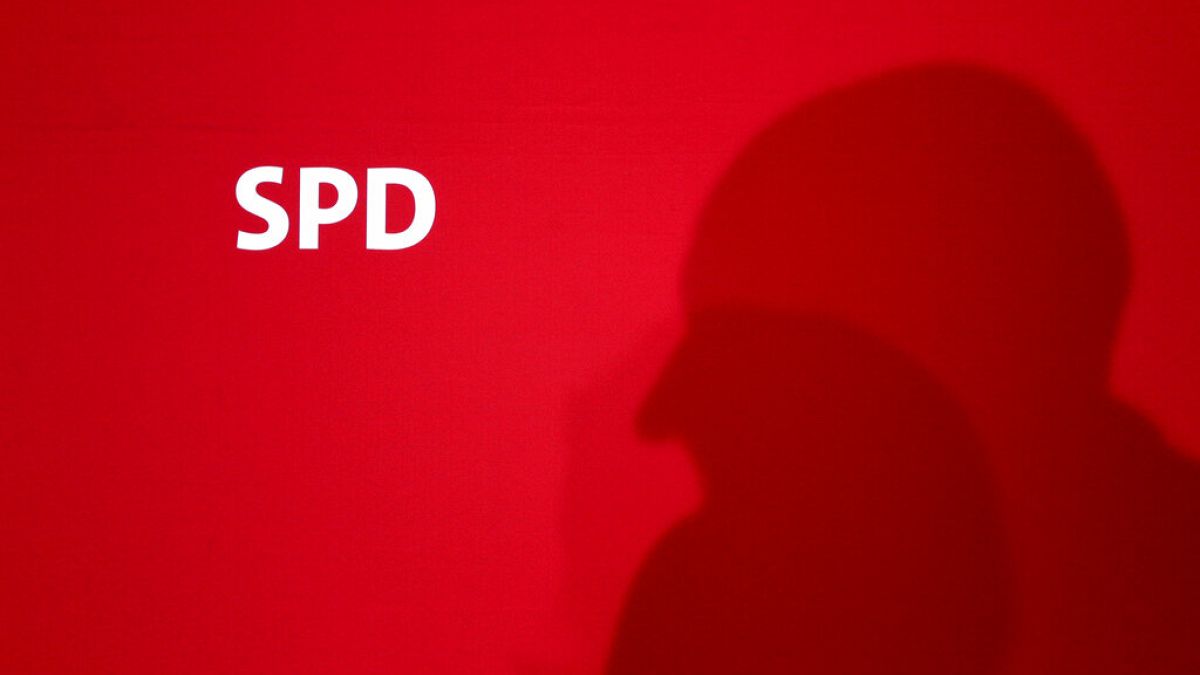
 World1 week ago
World1 week agoGerman socialist candidate attacked before EU elections

